
The Shocking Truth About Hypnic Jerks: Why Your Body Jumps When You Fall Asleep
Have you ever felt yourself suddenly falling in a dream, only to be jolted awake by a powerful body twitch? You’re not alone—this strange sensation, known as a hypnic jerk, affects the majority of people at some point in their lives. While it can be unsettling, science reveals that these mysterious sleep starts are a completely normal part of human rest.
Let’s uncover why your body jerks before sleep, what science says about this curious reflex, and how to minimize it if it happens too often.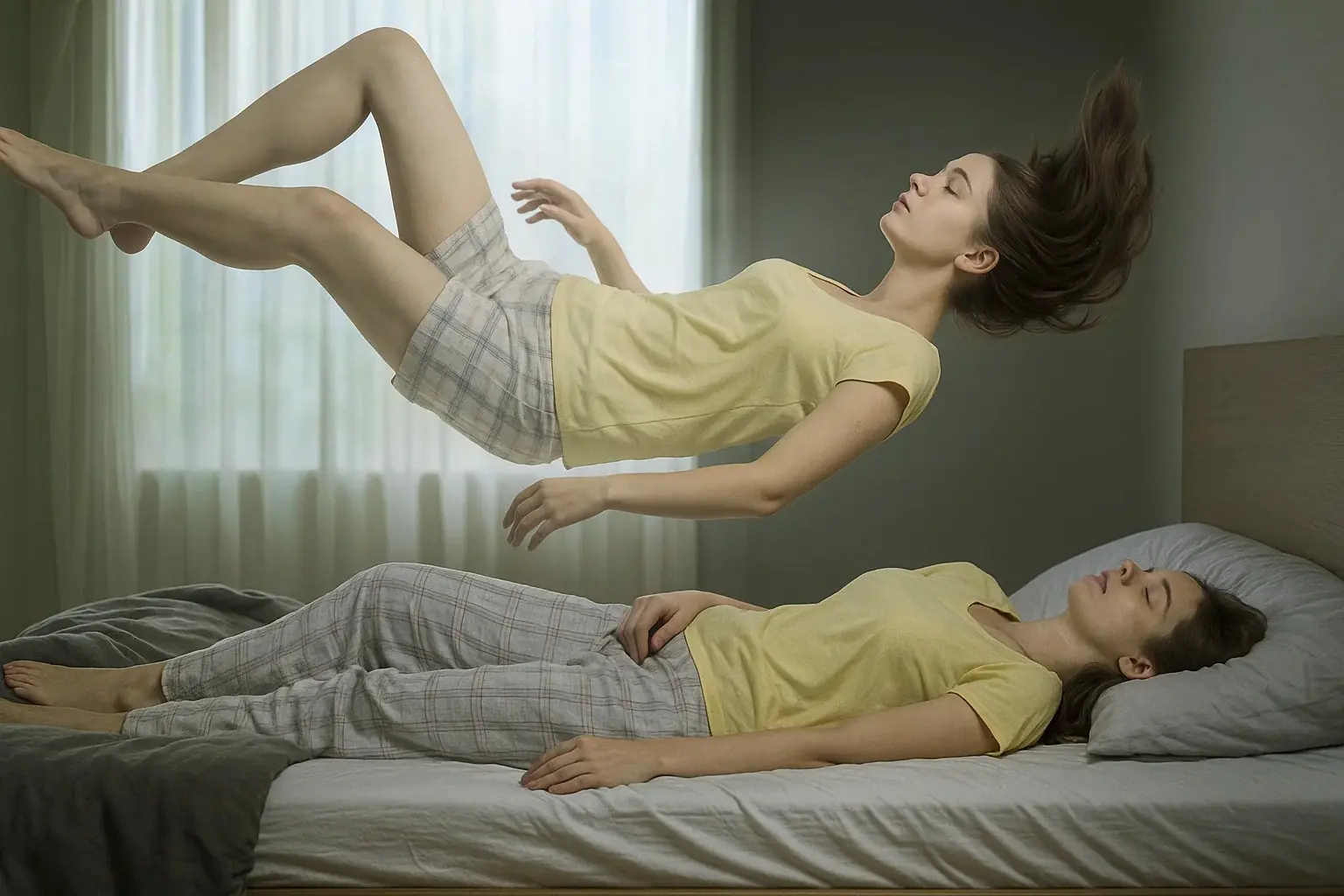
What Exactly Are Hypnic Jerks?
Hypnic jerks—also called sleep starts or hypnagogic jerks—are sudden, involuntary muscle contractions that occur as the body transitions from wakefulness to sleep. A large 2016 study estimated that between 60% and 70% of people experience them at least once, with some noticing them regularly throughout life.
Although the experience can feel dramatic—sometimes so intense it feels like you’ve stumbled or fallen—hypnic jerks are considered harmless. In fact, they are thought to be a byproduct of the brain and nervous system “shutting down” at slightly different speeds during the sleep process.
The Stages of Sleep: How the Body Winds Down
To understand why hypnic jerks happen, it helps to know what occurs during sleep’s early stages. Sleep isn’t a single state but rather a cycle of repeating phases:
Stage One: Light Sleep Onset
This is the fragile border between wakefulness and sleep. Your heartbeat slows, breathing steadies, and muscles begin to relax. During this stage, your brain shifts from fast wakeful activity into slower waves—yet it’s still prone to sending occasional misfires, leading to twitches or jerks.
Stage Two: Preparing for Deep Sleep
Here, your body slows down even further. Eye movements stop, temperature drops, and brain activity dips lower. Bursts of electrical energy, called sleep spindles, appear, playing an important role in consolidating memory and learning.
Stage Three: Deep Restorative Sleep
This is when the body goes into full repair mode. Heartbeat and breathing reach their slowest points, muscles are fully relaxed, and it becomes very difficult to wake you. This stage is critical for immune system strength, physical recovery, and energy renewal.
REM Sleep: The Dreaming Phase
Around 90 minutes after falling asleep, you enter REM (rapid eye movement) sleep. Your brain is nearly as active as when you’re awake, breathing and heart rate become irregular, and vivid dreams unfold. Over the night, you cycle through these stages four to five times.
Why Do Hypnic Jerks Happen?
Hypnic jerks usually strike during the delicate transition into stage one sleep. Sleep researchers believe they are misfires of the nervous system, where muscles relax at a different pace than the brain signals.
Dr. Rafael Pelayo, a sleep expert at Stanford Sleep Medicine Center, explains that different systems in the body may “switch off” unevenly. The result? A sudden, involuntary muscle contraction that startles you awake.
They’re more likely when you are:
-
Overly tired or sleep-deprived
-
Under stress or anxious
-
Consuming caffeine or stimulants late in the evening
-
Experiencing irregular sleep patterns
Interestingly, extreme fatigue can cause the body to skip some early stages and plunge directly into REM sleep. This rapid transition appears to make hypnic jerks more common—almost like the body’s urgent message: “You need proper rest, now.”
Are Hypnic Jerks Dangerous?
The short answer: no. Hypnic jerks are considered harmless and are not connected to serious medical conditions. While they may cause temporary anxiety or frustration, they are not signs of illness.
However, frequent or very intense sleep starts may interfere with sleep quality. In such cases, they serve as gentle warning signals from your body to slow down, manage stress, and prioritize rest.
Hypnic Jerks, Sleep Deprivation, and Daily Life
Most people have noticed hypnic jerks not only at night but also in daytime situations—like dozing off during a lecture, a long train ride, or at a desk late in the evening. These jolts often happen when the body is trying to catch up on lost sleep.
Sleep experts recommend the following strategies to minimize them:
-
Prioritize 7–9 hours of nightly rest to avoid sleep debt.
-
Cut back on late-night caffeine—limit coffee, energy drinks, or even dark chocolate before bed.
-
Engage your mind and body during the day, especially if you tend to nod off in passive settings.
-
Practice relaxation techniques such as meditation, deep breathing, or a warm bath before bedtime.
Final Thoughts
Hypnic jerks may feel startling, but they’re a fascinating glimpse into the complex communication between the brain and body as we fall asleep. Far from being dangerous, they are a normal part of the human sleep experience, reminding us of just how delicate the process of drifting into rest truly is.
If they happen often, it’s usually your body’s way of urging you to slow down, manage stress, and ensure enough restorative sleep. In short—hypnic jerks aren’t a problem to fear, but rather a natural signal that rest is essential.
News in the same category


Scientists predict what influencers will look like in 2050 and it's horrifying

World-famous hacker reveals scary reason why you should never share iPhone chargers

Terri Irwin makes heartbreaking admission 19 years after Steve’s death

Everything you need to know about upcoming 'doomsday alarm' that will alert millions of phones this Sunday

Airline deliberately crashed Boeing 727 plane to discover the safest seats during a crash

Amy Schumer responds after John Cena admitted shocking scene where he was ‘inside her’ was ‘real embarrassing’
Amy Schumer has hilariously responded after John Cena admitted their unforgettable scene in Trainwreck was “real embarrassing” to film. The comedian’s playful comeback has reignited buzz around one of the rom-com’s most iconic moments.

Sick teacher spent final hours in hospital finishing students' grades before tragically passing away
A dedicated Texas teacher spent his final hours in the hospital finishing grades for his students, even as his health was failing. His moving story has touched thousands, highlighting the quiet sacrifices educators make every day.

The Rock Goes Viral After Showing Slim New Appearance That Sparks Concern
While fans may need time to adjust to this unexpected transformation, Johnson’s commitment to his craft suggests the new look is less about image and more about storytelling.

Georgia man sues Delta Air Lines alleging flight attendant slapped him in the middle of a flight
The incident, however, has sparked a wave of online debate, with some demanding greater scrutiny of flight attendant behavior and others questioning whether tensions in confined airspaces can escalate too quickly.

Southwest Airlines Faces Backlash Over Controversial New Plus-Size Seating Rule
Southwest Airlines’ new seating rule could mark a turning point in how the aviation industry addresses the needs of diverse body types.

Uganda’s $12 Trillion Gold Discovery Could Rewrite Its Future
Uganda now stands at the crossroads of history, holding a treasure that could lift millions out of poverty—or plunge the nation into the very struggles it hopes to escape.

AI reveals the most 'dangerous' threat right now that could send Earth into WWIII

These three iconic iPhones set to become obsolete this month making them unable to update again

Reason why Trump just hosted a lavish dinner for Mark Zuckerberg, Bill Gates, Sam Altman and Tim Cook

California hospital staff fired following 'dehumanizing' TikTok ridiculing their patients

Astronaut drove 900 miles to attack her ex's girlfriend in disturbing case that changed NASA forever

CEO speaks out after going viral as 'most-hated man in America'

Nuclear expert explains exactly what would happen to you if you saw an atomic bomb explode
News Post

5 Delicious Eating Habits That Put the Whole Family at Risk of C:ancer – Extremely Dangerous and Should Be Avoided Immediately

Be careful — one single action at the airport could ruin your en:tire life.

Condolences to those who are using these 4 types of electric kettles: Throw them away while you still can, thousands of people have already developed c:ancer.

How Magnesium Keeps Your Heart Rhythm Healthy

Why Do I Cough When Taking a Deep Breath?
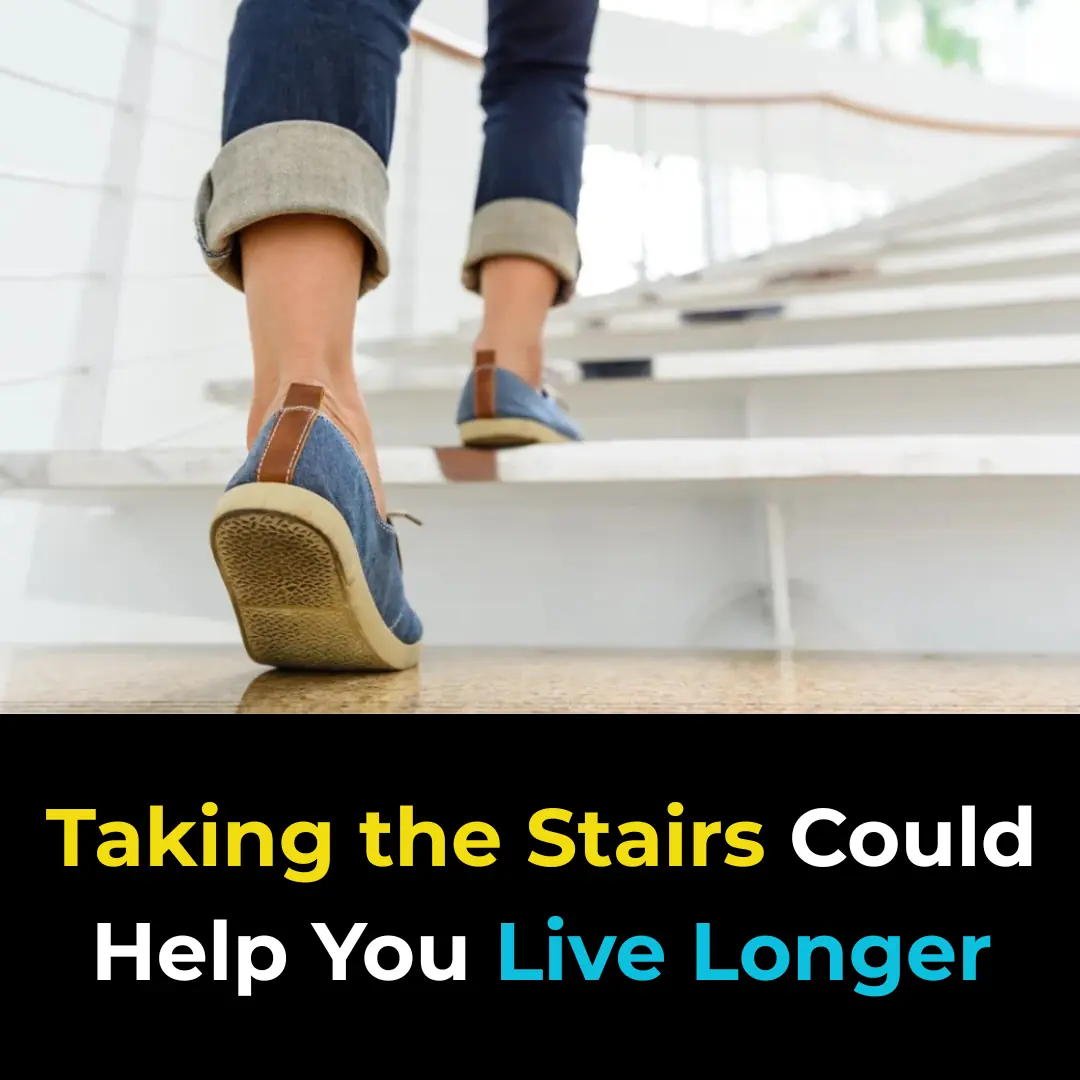
Taking the Stairs Could Help You Live Longer
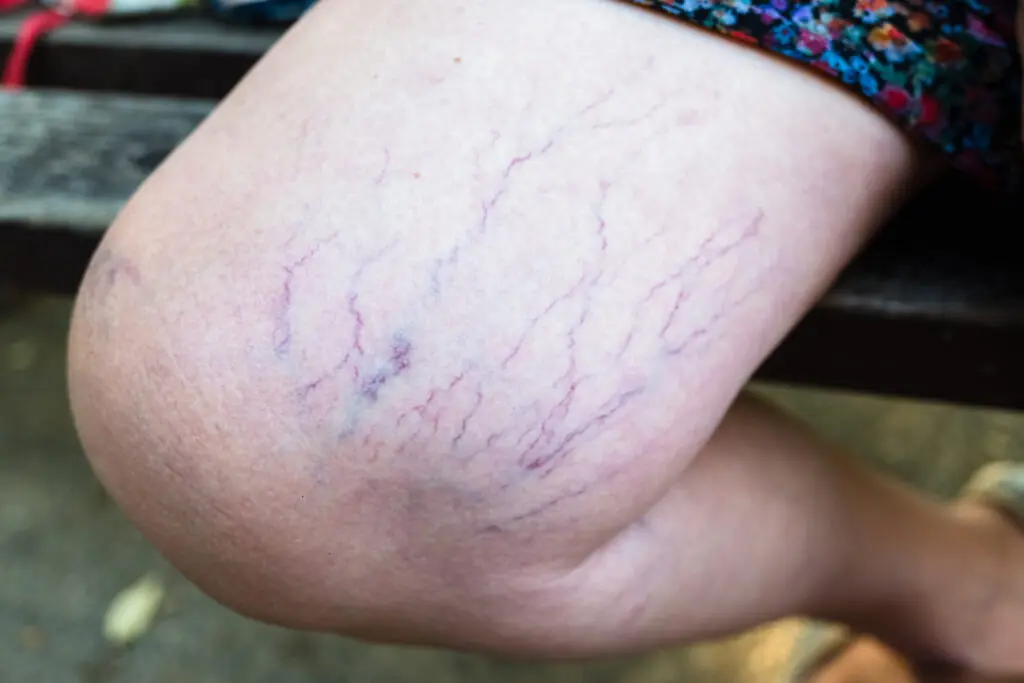
Purple Veins on Your Legs: When to Worry

Man develops 'pork worms' in his brain after years of doing this specific cooking habit

Signs Your Cortisol Is Dangerously High
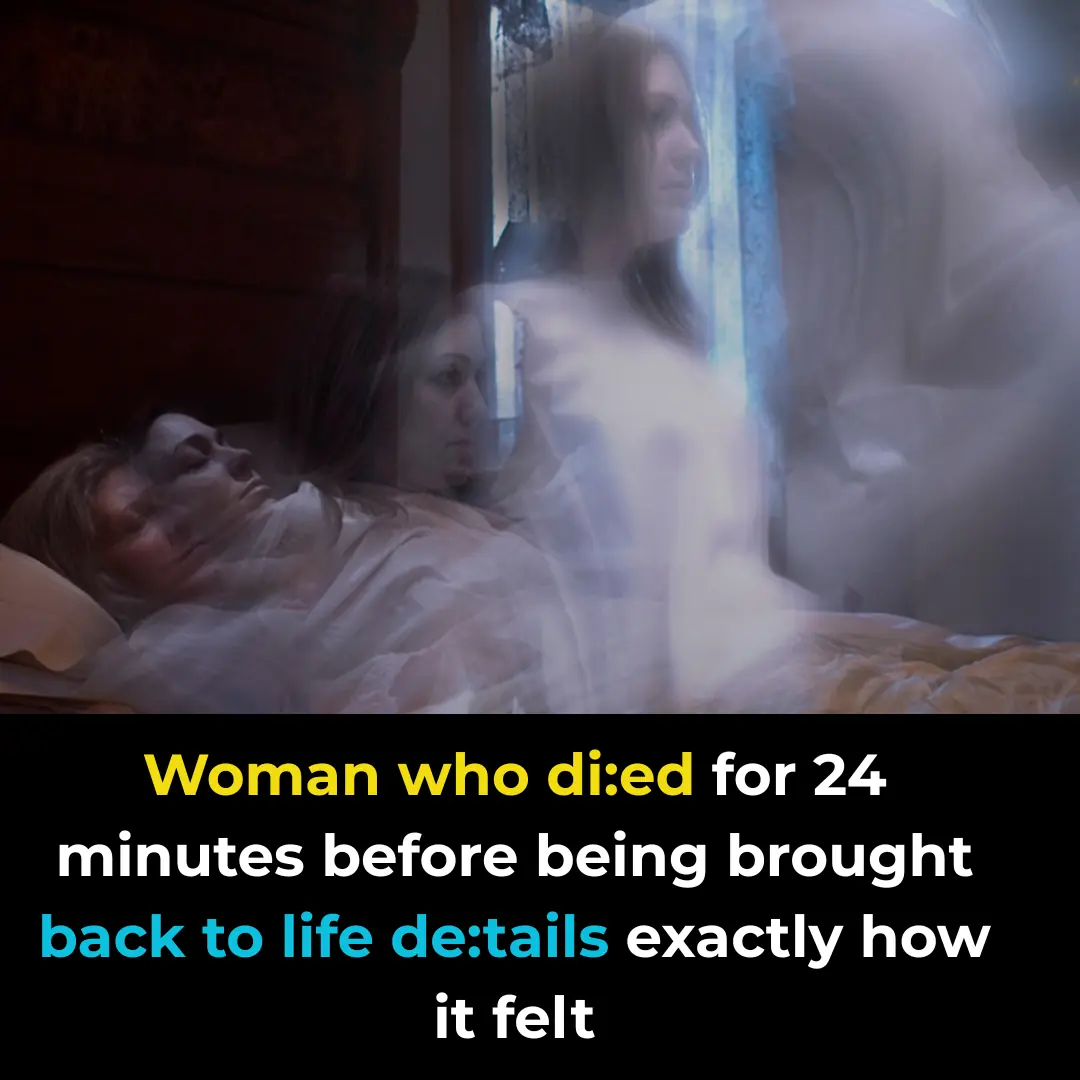
Woman who d::ied for 24 minutes before being brought back to life details exactly how it felt
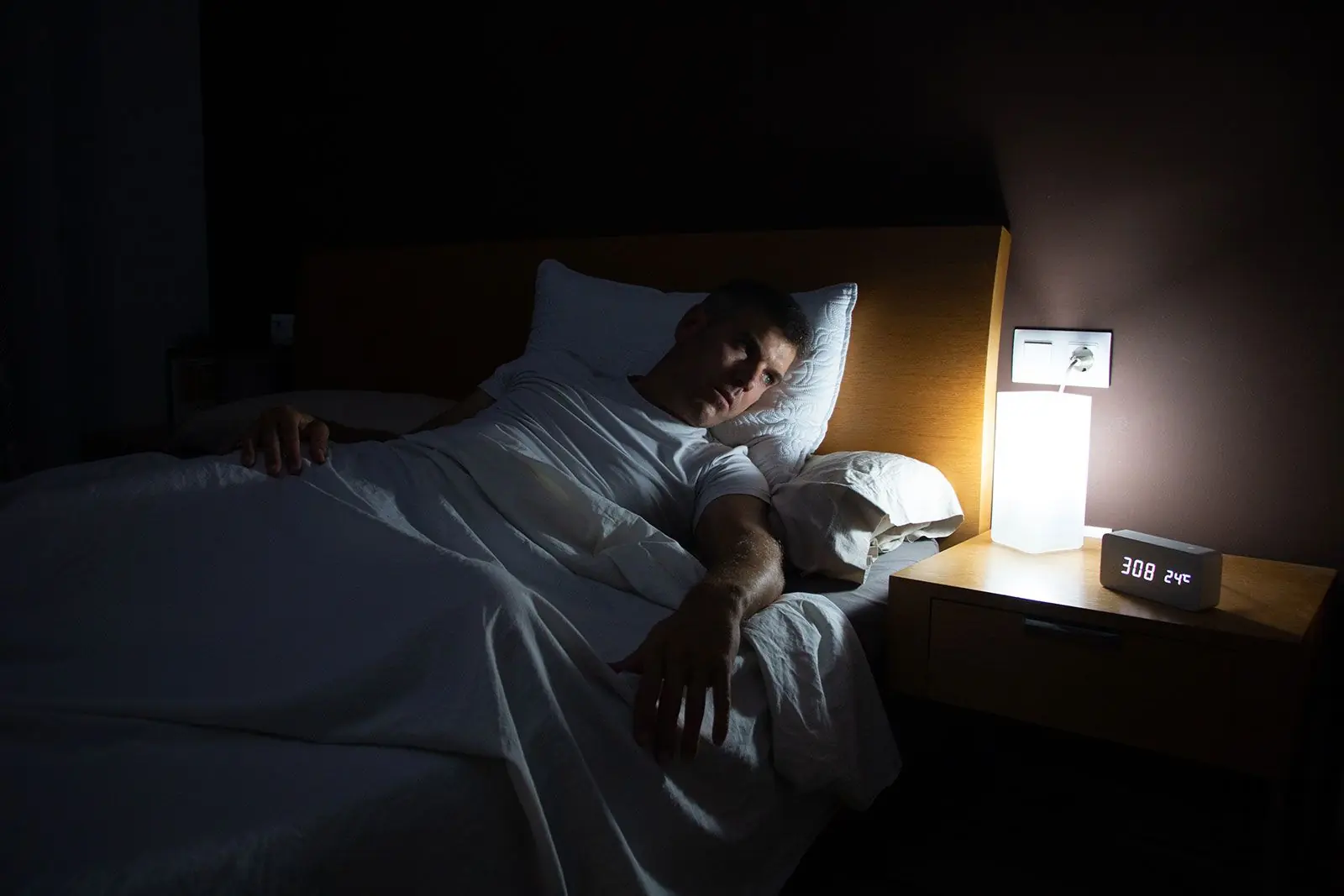
The Sleep Saboteur: The One Thing You Should Never Do When You Wake Up at Night

Nightly Habits That Could Increase Your Risk of Stroke
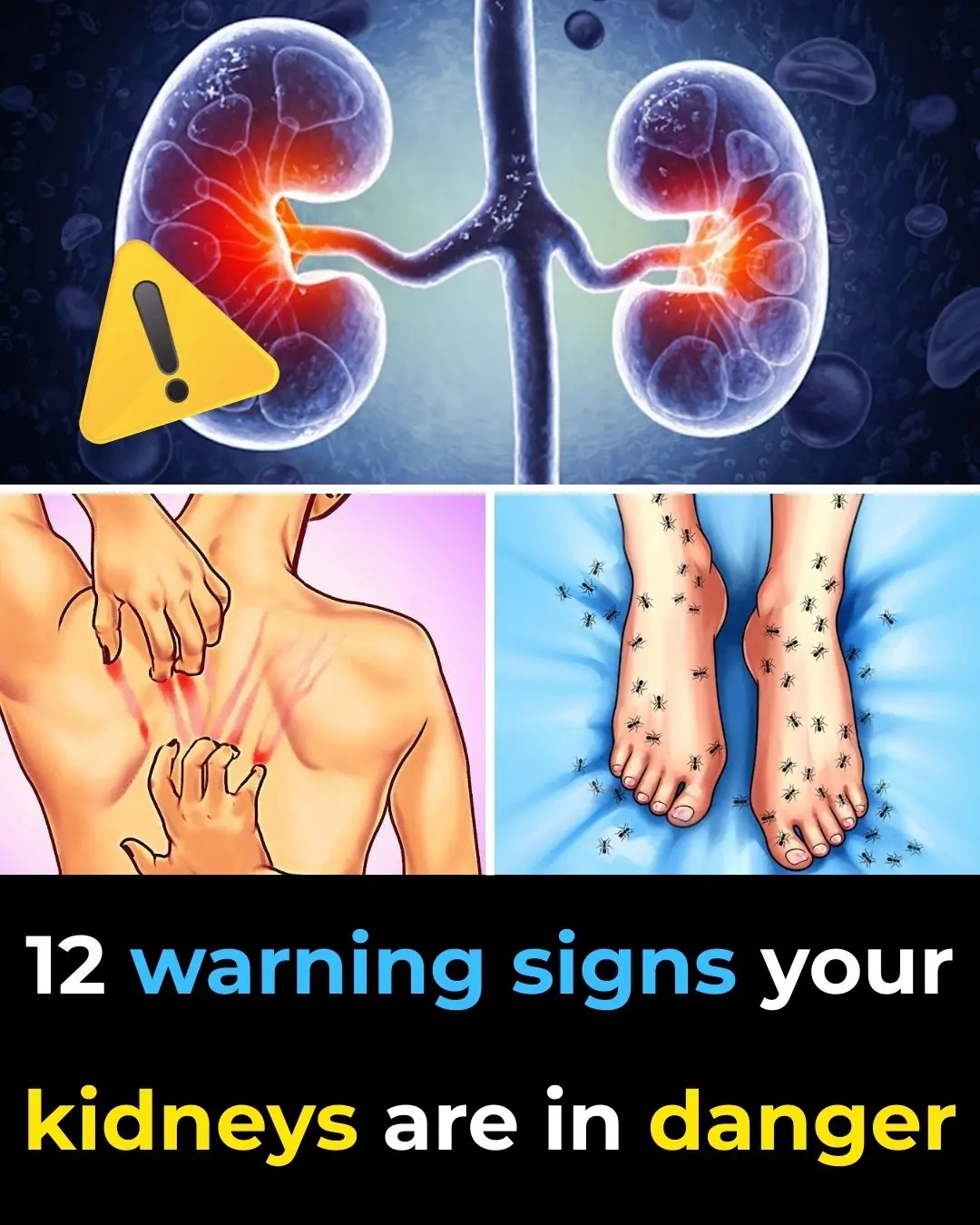
🚨 ALERT! 7 Strange Signs Your Kidneys Are Crying for Help

Vitamin E Oil uses for Skin – Glowing Skin, Dark Circles & Wrinkles

DIY Aloevera ice cubes to Remove Dark Spots & Clear Skin | Aloevera Benefits for Skin

Tips for pickling white eggplants that are crispy, do not turn black, and do not form scum when left for a long time

11 Secret Baking Soda Tricks for Women That Will Change Your Life!

Mattresses used for a long time are dirty and smelly, sprinkle this on the surface, no need to wash with water, it will be clean as new

‘Healthy Man’ Diagnosed With Cancer After Noticing Dog’s Bizarre Behavior Around Him
